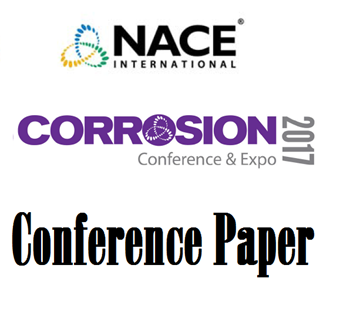Search
08408 The Effect of Pressure on Hydrogen Charging of Carbon Steel Under Cathodic Protection
Also Purchased
01011 CATHODIC PROTECTION OF STEEL IN DEEP SEA : HYDROGEN EMBRITTLEMENT RISK AND CATHODIC PROTECTION CRITERIA
Product Number:
51300-01011-SG
ISBN:
01011 2001 CP
$20.00
01019 INFLUENCE OF CATHODIC PROTECTION ON HYDROGEN ENBRITTLEMENT ON ANNEALED AND COLD WORKED DUPLEX STAINLESS STEELS
Product Number:
51300-01019-SG
ISBN:
01019 2001 CP
$20.00
Investigation of Hydrogen Embrittlement of High Strength Pipeline Steels Under Cathodic Protection
Product Number:
51317--9255-SG
ISBN:
9255 2017 CP
Publication Date:
2017
$20.00




